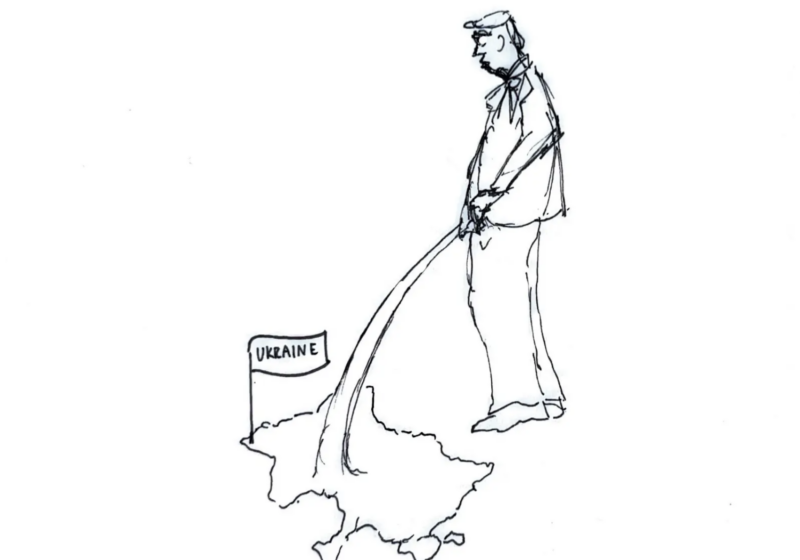Hillside Market recently transitioned from plastic bags to paper ones. It was probably a stupid decision.
Why did they make the transition? The prevailing narrative was that it was an exercise in sustainability.
But was it really?
The short answer: Probably not. Transitioning to paper wasn’t a practice in sustainability. It was an exercise in signaling.
Whether paper bags are indeed greener than plastic bags is a complex question, and our go-to grocery store on campus shouldn’t be able to shrug it off without a second notice.
The assumption that paper bags are better for the environment is unfounded, and this is no secret. The evidence is inconclusive.
Let’s carefully walk through all the reasons behind this uncertainty.
First, consider deforestation of paper bags that contributes, all else being equal, to greater CO2 levels. This immediately gives us reason to believe that paper bags add more to a greenhouse effect than plastic bags.
But the story doesn’t end there.
Besides deforestation, paper bags ― and in general non-plastic bags ― have other problems. To clarify, the type of plastic we’re talking about is high-density polyethylene, or HDPE. Your usual Target or Walmart or Best Buy plastic.
Despite paper’s higher biodegradability compared to plastic, paper bags weigh five to seven times as much as plastic bags. This means each paper bag adds a greater amount of waste to the waste flux than each plastic bag. In other words, although each unit of paper mass is more biodegradable than each unit of plastic mass, there’s more mass per bag in paper bags. If we assume the number of bags disposed per unit time will be the same upon plastic-to-paper transition, this means there’ll be a higher amount of mass in sewage, which will tend to increase greenhouse gas emissions.
In reality, it’s likely that the number of bags used will be higher for paper bags because of their lower strength and elasticity — both because of a higher number of bags used in one shopping session to prevent breakage and because of a reduction in reusability across shopping sessions due to breakage.
Anyone who’s picked up plastic bags from Hillside can already see this difference in number of bags used.
A study by the Environment Agency (UK) determined that in order to reduce the global warming potential of paper bags to that of plastic bags, the former would have to be reused at least three times. Note that the assumption here is that the plastic bags are not being reused at all. If the plastic bags were indeed reused, the reuse-number of paper bags to match the lower global warming potential of plastic bags would increase even further.
This doesn’t even consider the potential of greater transportation needed for paper bags compared to plastic bags.
Paper bags are less strong in response to shearing forces and less compressible, which makes each unit need a larger volume of storage space. You can’t twist that shit around like plastic bags.
Moreover, the paper bags being used at Hillside are larger than the replaced plastic bags, further increasing the amount of per-unit storage space needed. If we assume that each paper bag gives the same amount of carrying capacity to the customer, it follows that we’d need a larger amount of storage space for paper bags to achieve the same amount of total carrying capacity. In reality, the paper bags don’t even give the same amount of carrying capacity due to being less elastic and more tearable. Thus, carrying capacity per unit of storage space decreases both because of an increase in total storage space and a decrease in total carrying capacity.
In other words, you carrying the same amount of groceries means more transportation on the producers’ side for paper bags than for plastic bags. This greater transportation, if prominent enough, means an increase in gas emissions.
On the other hand, we shouldn’t ignore the lower biodegradability of plastic bags, their main drawback. But their lower environmental cost of production, their lower mass-per-unit and their greater reusability due to material properties should give us pause regarding a drastic transition to paper.
Why this rapid push for paper then?
My explanation is that it’s the latest in a line of efforts from Aramark to look socially responsible. To look socially responsible. Not to be socially responsible.
In either case, it’s an effort from their end to give us what we asked for. Misconceptions on our part are what allow corporations to project sham demonstrations of goodness. Ultimately, we should ask ourselves: Do we want to feel environmentally responsible? Or do we actually want to be environmentally responsible?





